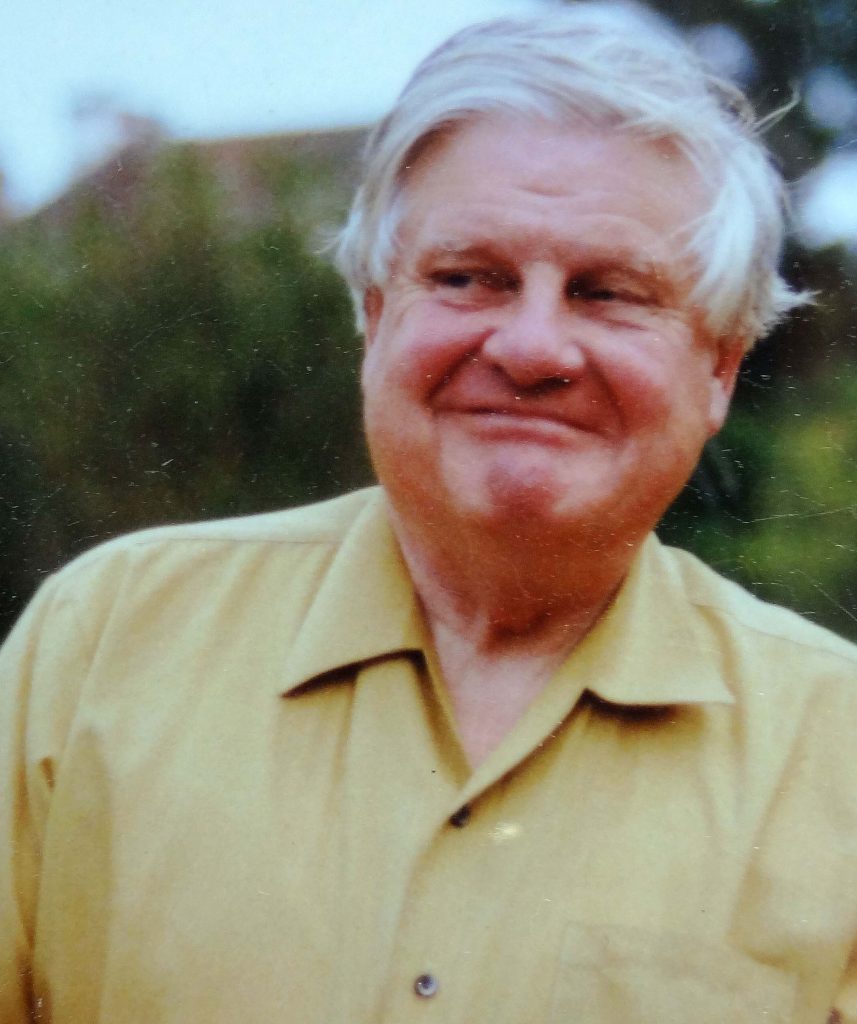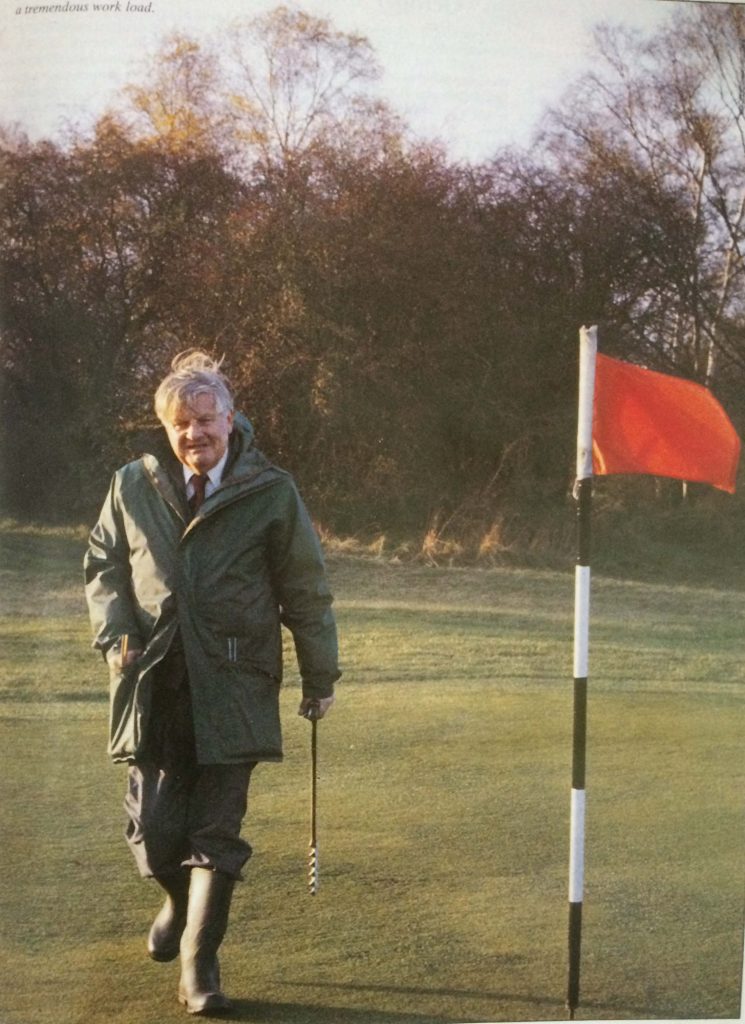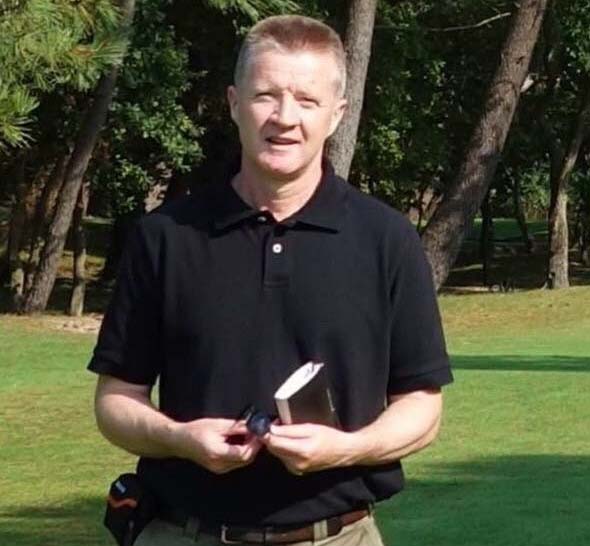Jim Arthur’s five principles of conservation greenkeeping
Related Articles
The legacy of Jim Arthur, who advised on the maintenance of some 550 UK golf courses during his career, continues. Here, his protégé, golf course consultant Gordon Irvine, explains the five principles of conservation greenkeeping as laid out in his 1997 book Practical Greenkeeping.
Jim Arthur has five greenkeeping principles: grass species, aeration, topdressing, irrigation and fertilisers:
Grass species
Jim said: “In the UK and Ireland there are only two native grass species suitable for all year round golf surfaces. They are the fine fescues and brown-top bent. All the rest are unsuitable for all year play.”
The natural terrain where these grasses dominate created the original golf courses still so admired across the golfing world. The fact that these grasses are there by natural selection should give them the security for future generations. This relationship of golf and nature is the keystone to the protection of the original game of golf.
How we cut, maintain and prepare these grasses must respect the natural boundaries of health and growth which in return will provide the all year turf and playing surfaces we desire.

Jim Arthur
Aeration
Jim stated: “Aeration comes only second to cutting in importance for keeping good all year golf courses. It should be as varied in depth carried out as often as required to combat compaction as play increases. Ideally carried out before problems arise.”
The desirable fine grasses secure their dominance with a deep dense root system. These roots need space to grow and carry out their critical inter soil relationship. This space is provided by aeration. It must be weather and playing surface sympathetic but multi depth and regularly maintained. Timing is critical but delay can be very damaging. The key results are to keep soils aerated, draining and with critical air, gas exchange working. Timed with topdressing key materials that can be incorporated into the rootzone, and playing surfaces can be quickly reinstated.
Topdressing
According to Jim: “Topdressing of turf is a key task to be regularly carried out. It should be with a humus enriched appropriate sand. Avoid pure sand or unnecessary material changes as this can cause root break.”
This important material is a necessity to preparing high quality surfaces, controlling fibre and keeping soils healthy. This must be with a carefully selected sand mixed with an appropriate organic source to maintain essential nutrients and help protect turf from drought.
The current trend is to use only sand and at high volumes This is a concern as this will make turf much more reliant on irrigation. Reducing the opportunity for turf to access the small but essential nutrients found in the humus content removed from the traditional mix is essential for good soil health. This soil health is critical to the turf’s capability to resist and recover from disease and stress.

Jim Arthur
Irrigation
Jim explained: “Irrigation should be restricted, used merely to keep grass alive. Should never be used to manipulate playing surfaces. Aim to start any applications late and finish early in the season.”
Irrigation is one way where we can manage the natural impact drought has on grass selection. If moisture is kept to a minimum then this will favour the deep rooting fine grass allowing it to stay dominant. Unnecessary irrigation applied early in season can slow down much needed growth. Excess water fills the critical airspaces in soil needed by roots. Firm greens and approaches favour the better golfers by rewarding the better struck golf shot. Keeping irrigation to the minimum promotes the desired turf and protects the game. With water being such an important natural resource it becomes even more important that golf becomes less reliant on it. This is further reinforced by the financial implication of trying to fund irrigation cover or systems replacement.
Fertiliser
Jim detailed: “Fertiliser must be applied to the minimum and should be basically nitrogen only and predominantly slow release organic. Nothing should be applied as turf moves into autumn especially from an organic source.”
Fertiliser application is again another opportunity to reinforce natural barriers in grass species selection. Natural selection works by favouring certain grasses suitable for ground conditions. If we then replicate those soil conditions, that will encourage our desired turf. Fine grass secures dominance by again those deep roots being able to find and use nutrients not available to any shallow rooted species. Anything we apply should not reduce this process but instead only replace the nutrients being used by the removal of turf clippings by mowing, erosion and wear. There is no argument that all turf requires access to the main range of nutrients only at what amount. By applying a topdressing mix with all essential elements present in the soil elements this allows nature to provide what the turf needs.

Gordon Irvine
This article was first published by www.FineGolf.co.uk, a site that campaigns for the traditional values of running-golf and conservation greenkeeping.

























